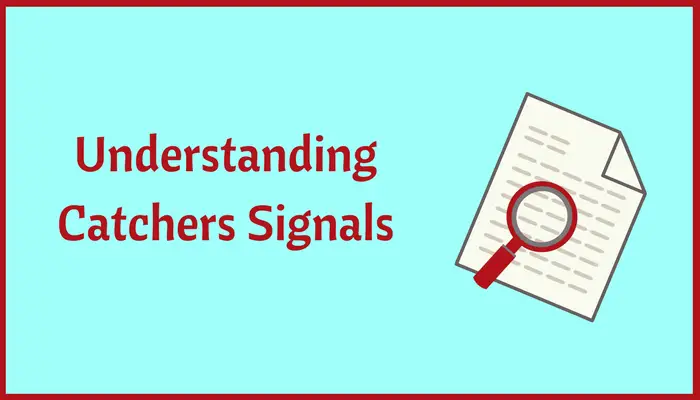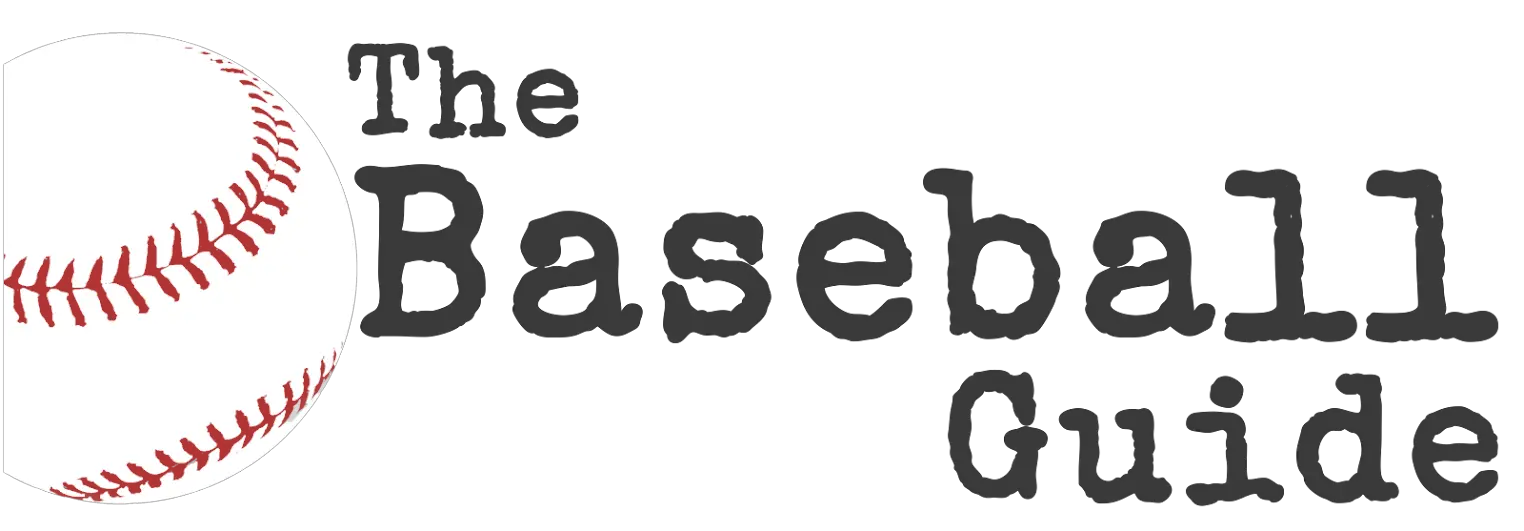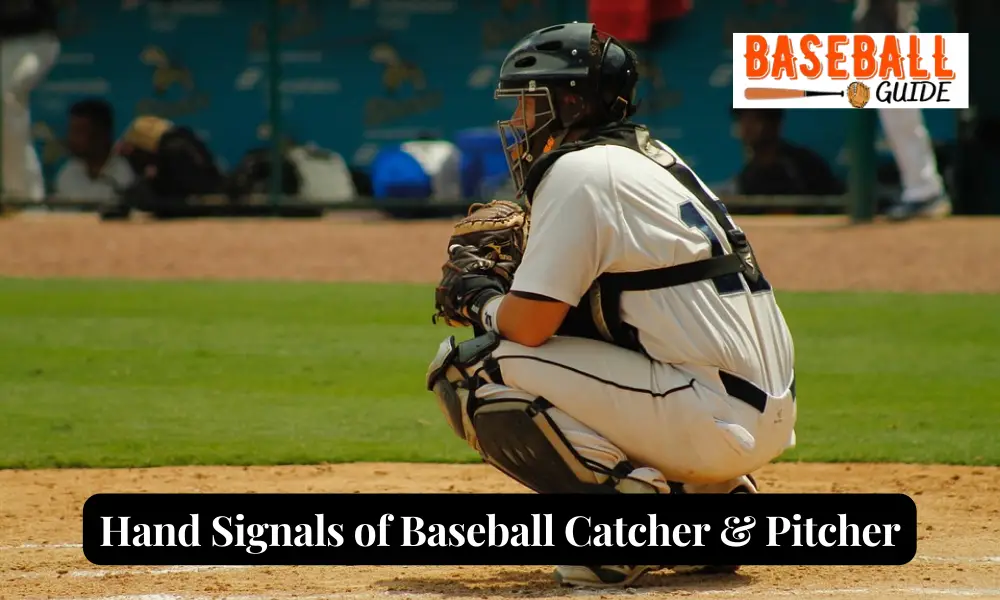The signals given by catchers to pitchers are extremely important in a baseball game. They are done to make sure they are in agreement on every pitch.
But, which signs should a catcher use?
How can catchers hide the signals on the field?
There are so many questions regarding the use of catcher signals. Today, we’ll try to answer every question related to pitching signals.
Understanding Signals Between Catchers and Pitchers
Proper communication is important between the catcher and the pitcher for a successful game. It is obvious that the pitcher and the catcher will not be able to communicate verbally and will have to use their hands for signals for easy communication.
The most common manner in which the catcher signals the pitcher is by using the fingers from which he throws. The signals are to be given in a position called the squatting position with the hands of the catcher positioned in a way that they are between the legs and are close or backed up against the cup.
Make sure that the hand isn’t too low or else the signals will not be easily visible to the pitcher.
The catcher has to show the signals with the proper movements of his fingers so that the pitcher can see them properly. Make sure that the signal is not given very quickly or else the pitcher will be confused.
The legs of the catcher should be wide enough so that the pitcher and infielders can properly see what kind of pitch is called. Make sure that the legs are not opened too far or else the opposite team’s coaches can easily see the signals and the pitch will not be that effective.

The glove hand is supposed to be positioned in such a way that it is outside and below the knee of the left leg, for the catchers that are right-handed. This will make sure that the signals are blocked.
Make a note of the following things when you signal:
- Make sure that the hitter doesn’t peak into your signals.
- The pitch signal should only be given when the pitcher is at the pitching rubber.
- Make sure that before you signal, the hitter is settled in the hitter box so that he cannot peak at the signs.
Signals Between Catcher and Pitcher
Some common pitch signals
For a basic pitch, here are a few common signals. The catcher uses his fingers to signal the following:
[table id=36 /]
For a particular pitch, the number of fingers used to signal varies. They may even be different for different pitchers. The types of signals depend on the type of pitches the pitcher throws.
Just keep in mind that both the catcher and the pitcher are aware of the signs and have a mutual understanding. The signs should be made in such a manner that they are easy to remember.
What To Do If Their Catcher’s Signals are Not Properly Visible?
If in case the pitcher is not able to see the signals clearly or properly, a thin strip of white tape can be used in between the middle knuckles of the catcher’s throwing hand.
The catcher can also paint their nails white color and show signals to the pitcher. On the other hand, various other signals such as body signals or glove signals can also be given.
Signaling Type of Pitch and Location of Pitch
The type and location of the pitch are yet the common information that passes between the pitcher and the catcher. The catcher, in the basic form of the signal, shows a sign for the type of pitch and later taps on one of the thighs for the location sign.
The advanced method for signaling the type of pitch and location is that the catcher makes use of two signs at a time. One sign is for the type of pitch and the other one is for the location in order.
The catcher uses the common pitch signals followed by signaling an odd number for the outside pitch and an even number for the inside pitch.
Keep in mind that the signals are easily understood by both the catcher and the pitcher, but should not be understood by the hitter, or else your signs will be stolen. Also, while signaling, make sure your catching glove is not blocking the vision of the pitcher.
If the runner is found stealing the signals, the catcher can call a timeout and talk about the signals with the pitcher. Both can then change their signs and discuss them mutually.
Most of the signs and signals are given by the infielders and coaches so that the catcher can easily relay them to the pitcher.
Few Tips for Catcher Signals
I feel, As a catcher, you are responsible for calling pitches and keeping the defense aligned. A big part of your job is to use hand signals to communicate with the pitcher. Here are a few tips to help you master the art of giving catcher signals:
1. Keep it simple: The last thing you want is to give a confusing or unclear signal. When in doubt, err on the side of simplicity.
2. Make sure your signals are visible: The pitcher should be able to see your signals clearly, so make sure you’re not hiding them behind your back or anything like that.
3. Be consistent: Once you settle on a set of signals, stick with them. Don’t change things up in the middle of the game – it will only confuse the pitcher and lead to communication problems.
4. Be aware of the situation: Pay attention to what’s going on around you and adjust your signals accordingly. For example, if there’s a runner on first base, you’ll need to use different signals than if there’s no one on base.
5. Practice, practice, practice!: The more you work on perfecting your signals, the better off you’ll be come game time.
Final Words
Being a good catcher and a good pitcher alone is not enough to win a baseball game. The two should work and communicate together. For that, the pitcher should follow the signals given by the catcher.
If the pitcher doesn’t follow the catcher’s signals, then just like the hitter, the catcher will also be surprised by the pitch.
Therefore, you should always follow the instructions given by the catcher.
I hope that you had liked and learned from this article.

